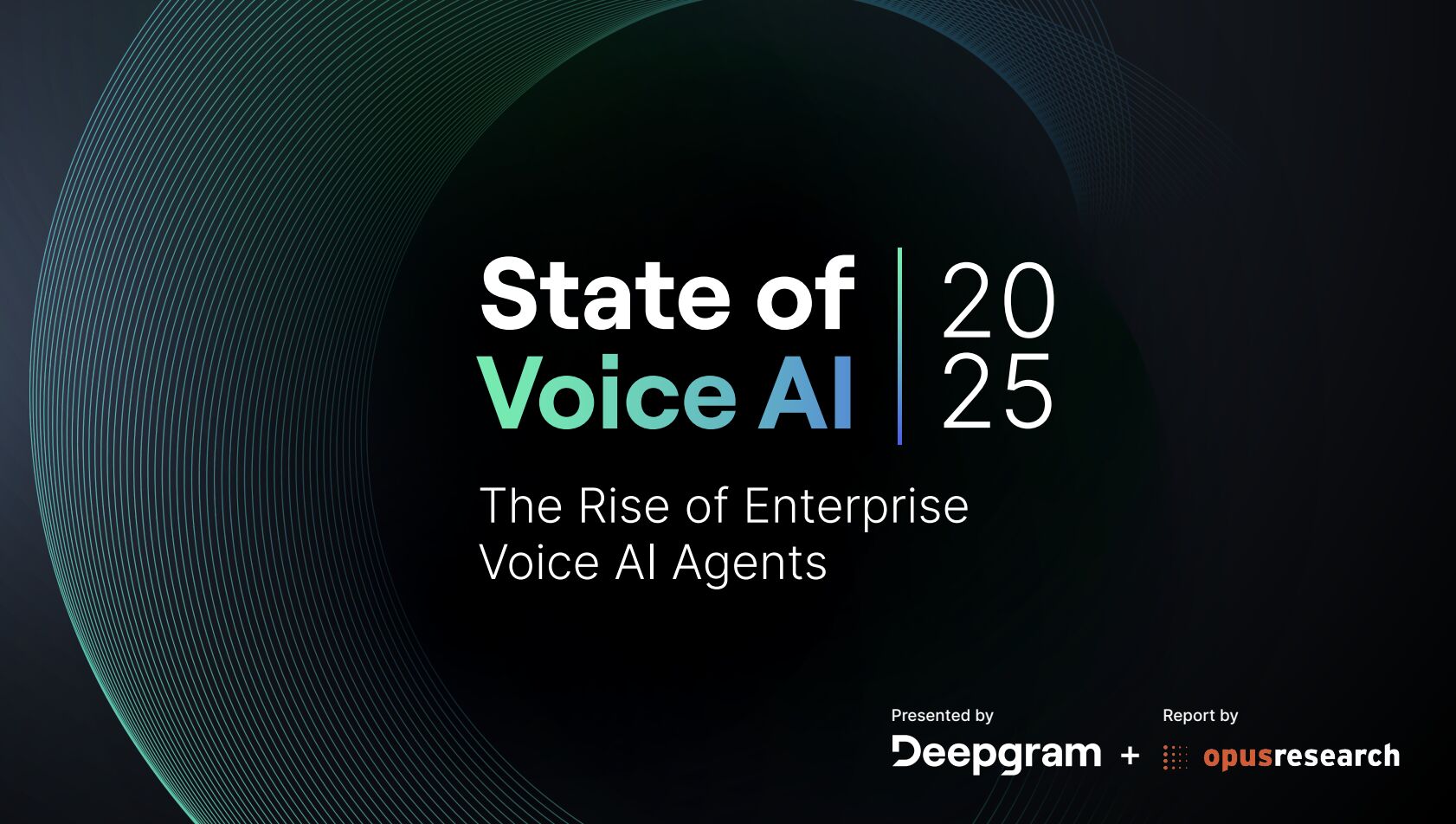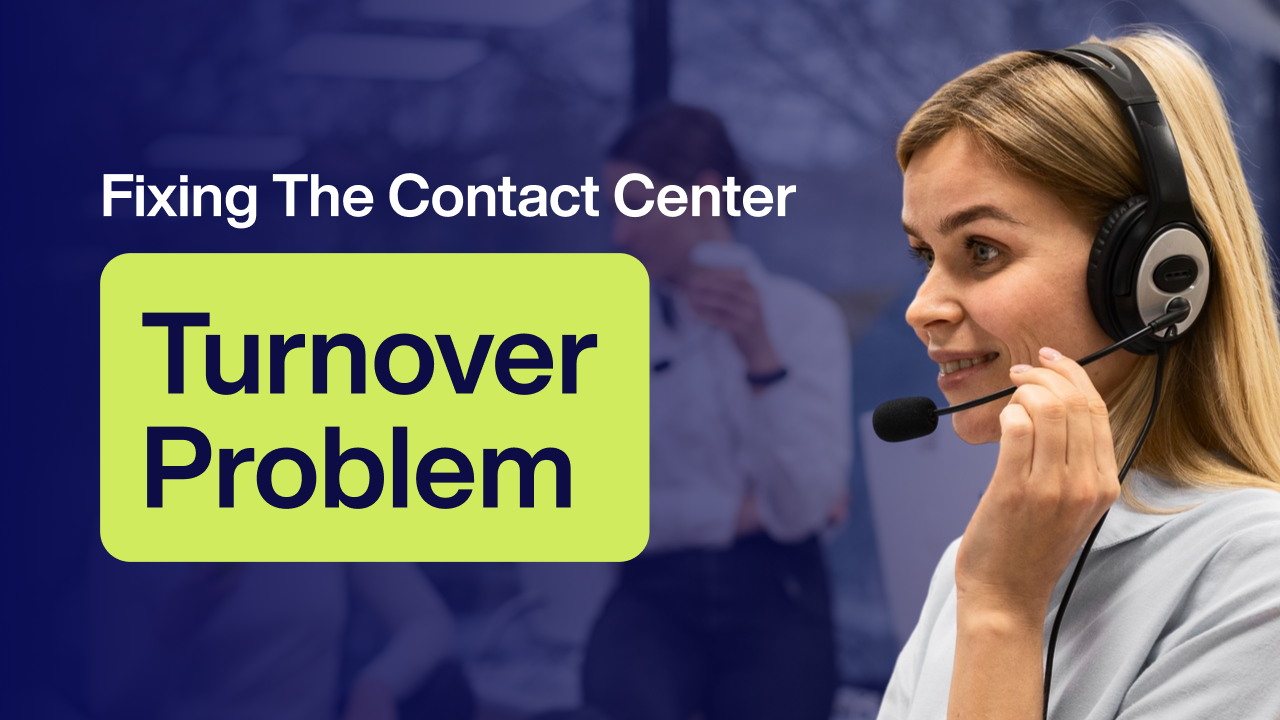Stop Empty Slots from Fueling Burnout: Hybrid AI-Human Scheduling for Health Systems

It’s 7:42 a.m. and the clinic is already behind
Two same-day cancellations just hit, the waitlist is stale, and call volumes are spiking. Your contact center is juggling prior auth checks, eligibility questions, and rescheduling requests while providers face under-filled calendars and rising frustration. The result? Lost access, avoidable idle time, and staff burnout.
This is where a hybrid AI-human approach shines—especially for scheduling. It fills gaps fast, protects provider time, and improves patient access without compromising compliance or experience.
Why hybrid AI-human scheduling works
Pure automation struggles with exceptions and nuance. Humans alone can’t move fast enough at scale. Together, they solve both.
- Next-best appointment and schedule smoothing: AI evaluates provider preferences, visit types, and template rules to recommend the best slot—today, this week, or next.
- Real-time waitlist activation: When a slot opens, AI triggers targeted outreach while human agents handle sensitive cases and complex requests.
- Eligibility and auth pre-checks: AI flags risks and prerequisites; trained agents resolve edge cases and payer-specific nuances.
- Human judgment for exceptions: Agents apply empathy, clinical context, and escalation paths when the script isn’t enough.
- Continuous learning: Every interaction teaches the system what works, improving accuracy and speed over time.
What this looks like in practice
Fill today’s gaps in minutes
EGS orchestrates proactive outreach using Grace™—our hybrid AI voice bot—to notify patients about newly opened slots. Grace handles straightforward calls and escalates instantly to an agent when it senses confusion, emotion, or complexity.
Protect provider time and reduce burnout
AI respects template rules, visit lengths, and provider preferences while agents manage coordination tasks (referrals, prep instructions, intake questions) so clinicians focus on care—not phone tag.
Make the EHR a strength, not a blocker
We integrate with your EHR and scheduling workflows without “rip and replace.” Where APIs fall short, a human-in-the-loop bridges gaps safely and reliably.
Common objections, addressed
- “Bots annoy patients.” Grace is designed to recognize intent and emotion, use plain language, and hand off gracefully. Patients can opt out anytime.
- “Providers won’t give up control.” We operationalize your rules—templates, slot holds, visit type constraints—so schedules stay clinically appropriate.
- “We can’t risk compliance.” EGS takes a compliance-first approach for regulated environments, with permissioned data use, audit trails, and policy-aligned outreach windows.
Business impact beyond cost savings
Yes, you’ll fill more appointments and stabilize call volumes. But the bigger win is strategic: improved access, higher provider productivity, fewer last-minute gaps, and less burnout across clinics and contact centers. That translates into stronger patient loyalty and more predictable revenue.
How EGS helps
EGS designs, implements, and operates hybrid AI-human scheduling programs for health systems. We combine Grace™ (our AI voice bot) with trained agents—supported by nearshore teams in Mexico for bilingual coverage and workforce flexibility. We align to your governance, integrate with existing systems, and stand up pilots quickly to prove value before scaling.
EGS partners with healthcare leaders to make scheduling an engine for access, productivity, and clinician well-being—without trading off compliance or patient trust.

No Spam —
Just Good Stuff.
Join our newsletter for actionable advice, insider knowledge, and strategies that drive real results.
No fluff, just value.
.png)
%20(1).png)
From The Blog
Read All Articles
Why Nearshore Hybrid BPOs Outperform Offshore Automation Centers

AI + Human QA on the Line: How Hybrid Teams Raise Manufacturing Quality

Why Nearshore Hybrid BPOs Outperform Offshore Automation Centers

How AI-Human Collaboration Elevates Quality Assurance in Modern Manufacturing

Hybrid AI That Keeps Schedules Full: Reducing Patient No‑Shows and Burnout

Why Nearshore Hybrid BPOs Outperform Offshore Automation Centers

Hybrid AI That Quietly Fixes Healthcare RCM—Starting With the Schedule

How AI-Human Collaboration Raises the Bar on Manufacturing Quality Assurance

How Hybrid AI Tackles the Toughest Banking Service Moments

AI + Human QA: How Hybrid Teams Catch Defects Early and Strengthen Audits

How Hybrid AI Cuts Churn in Telecom and Retail—Without Losing the Human Touch

Hybrid AI for Financial Services: Faster Resolution, Stronger Compliance, Human-Centered Support

Hybrid AI That Fills Schedules and Eases Burnout: Reducing Patient No-Shows in Healthcare

Hybrid AI-human support that strengthens fraud detection and compliance—without breaking customer trust

AI + Humans: Elevating Quality Assurance on the Factory Floor

AI-human hybrid quality assurance for supply chain accuracy

Hybrid AI That Keeps Schedules Full—and Clinicians Fresh

AI-Human Hybrid Support: Stronger Fraud Detection and Compliance at the Contact Center

Why Nearshore Hybrid BPOs Outperform Offshore Automation Centers

From Empty Slots to Full Days: Hybrid AI Scheduling That Reduces Burnout

From No‑Shows to Full Days: Hybrid AI That Fixes Provider Schedules Without Burning Out Staff

From Empty Slots to Full Schedules: Hybrid AI That Boosts Access and Reduces Burnout

Stop the Scheduling Spiral: Hybrid AI That Fills Schedules Without Burning Out Providers

From Empty Slots to Full Days: Hybrid AI Scheduling for Health Systems

From Hold Music to Full Schedules: Hybrid AI That Lifts Provider Productivity Without Burning Out Staff

Stop the Scheduling Whiplash: Hybrid AI That Fills Last‑Minute Openings Without Burning Out Your Staff
.png)
Stop the Scheduling Spiral: How Hybrid AI Keeps Providers Productive and Patients Seen
.png)
AI & Financial Services: Where Compliance Meets Conversation

E-commerce's Hybrid AI Advantages: From Order Status to Complicated Returns
.png)
Customer Service & Experience East 2025 (Reuters Events)
.png)
NACHC’s Workforce Conference (formerly FOM/IT)
.png)
Healthcare's AI-Human Sweet Spot: When Empathy Meets Efficiency
.png)
Choosing the Right Contact Center Technology Stack for Your Industry
.png)
Order Management Support: Where AI Excels & Where It Fails
.png)
Customer Success vs. Customer Support: When to Use AI vs. Human Touch

687% Increase in Referral Processing in 6 Months: How One Healthcare Organization Turned Its Patient Support Around

5 Warning Signs Your Medical Referral Process Needs Immediate Attention

AI‑Powered Healthcare Contact Centers: What CX Leaders Need to Know

AI‑Powered Healthcare Contact Centers: What You Need to Know

Healthcare Contact Centers: What Others Are Just Diagnosing, EGS Has Already Solved

Real-Life Use Cases of Contact Center Automation for Cost Reduction

5 Proven Use Cases of Contact Center Automation That Cut Costs by Up to 30%

How Leading Companies Are Reducing Support Costs and Boosting Customer Satisfaction with AI

Real-Life Use Cases of Contact Center Automation for Cost Reduction

Unlocking Efficiency, Speed, and Patient Satisfaction through AI

How Healthcare Leaders Can Leverage AI to Transform Customer Experience (CX)

FQHC-Led Medicaid ACO Innovation: How Illinois is Reinventing Community Care through Value-Based Models

Expanding Access to Mental Health: How Telebehavioral Health Is Transforming Care in Frontier Idaho

Idaho’s Medicaid Expansion: Fueling Growth and Stability in Community Health Centers

Integrating Native Hawaiian Healing Practices: A Cultural Shift in Community Healthcare

Connecting Islands Through Telehealth: How Hawaii’s FQHCs Are Breaking Barriers with Virtual Care

How EGS Leverages Extensible, Integrated Technology to Simplify Health Systems

Addressing Georgia's Maternal Health Crisis: How FQHCs Are Leading the Way

Georgia’s Medicaid “Pathways” Program: A Partial Step, A Full Challenge for FQHCs

Delivering Care in the Fields: How Florida’s FQHCs Reach Migrant Farmworkers with Mobile Clinics

Florida’s FQHCs: The Safety Nets Holding Up Primary Care in a Non-Expansion State

Bridging Academia and Community Health: How Delaware’s FQHCs Are Driving Wellness Through University Partnerships

EGS Hybrid Scheduling Model: Optimizing Medical Services for Hospitals and Clinics

The Landscape of Ai in 2025. It's not what you're hearing.

The Future of Hybrid Customer Experience

Live Agents + Ai (Not the other way around)

Grace™: The Hybrid AI Voice Bot Revolutionizing Customer Experience

340B Drug Savings as a Lifeline: How Delaware’s FQHCs Sustain Care for Vulnerable Communities

Transforming Specialty Care Access Through E‑Consult Innovations in Connecticut FQHCs

How Connecticut’s PCMH+ Model Empowers FQHCs to Coordinate Medicaid Care

Integrating Behavioral Health into Colorado FQHCs: A Proven Model for Whole‑Person Care

How Colorado’s APM for FQHCs Is Redefining Value-Based Care: A Practical Look at PMPM Payments, Quality Incentives, and Real Results

The Hidden Crisis in FQHC Back-Office Operations: Why 70% Still Rely on Sticky Notes and Paper

Leveraging Robotic Process Automation (RPA) for IT Support






.png)


.png)
.png)
.png)
.png)
.png)
.png)
.png)
.png)
.png)
.png)











